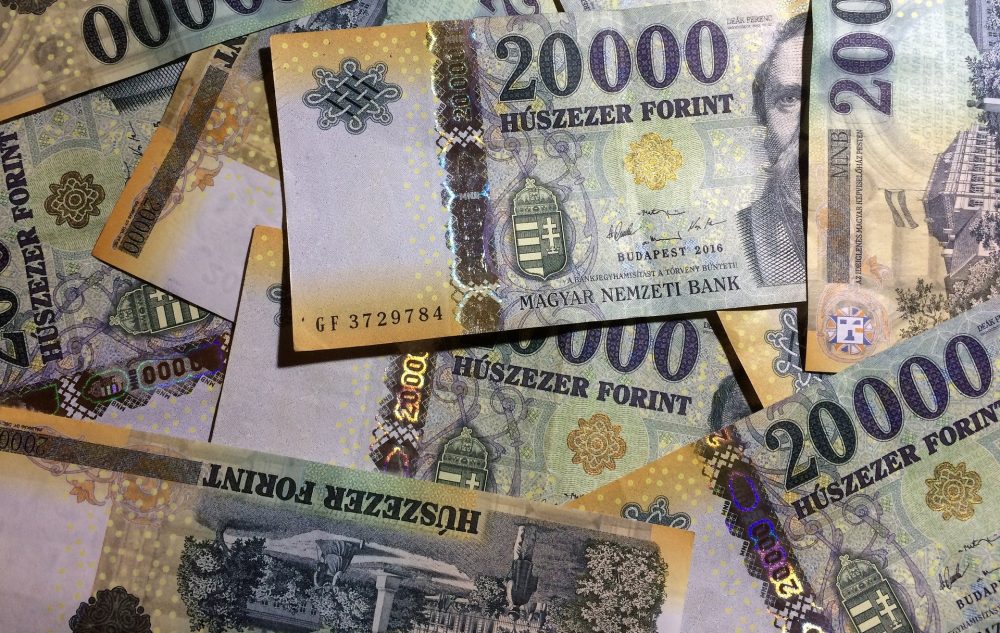
The report attributes the increase to easing inflationary pressures.Continue reading

The surplus of the goods balance increased in September compared with August, the surplus of the services balance remained around the high level of August, while the income balance improved slightly, based on a quick analysis by the Hungarian National Bank.
Following the positive GDP data, the Hungarian National Bank also published positive data on the current account, reports Világgazdaság. In September of this year, the current account surplus rose to EUR 559 million. Current account developments are mainly driven by the change in the goods balance. The goods balance reached a surplus of EUR 409 million in September, a significant increase compared to August and exceeding the September figure last year by almost EUR 1.8 billion.
The improved external position was supported by the combined effect of a favorable energy balance due to the fall in energy prices and lower domestic demand due to falling demand for imports.
The value of merchandise exports fell by around 10 percent year-on-year, reflecting lower industrial output and declining industrial export sales. The goods balance was thus boosted by a 22 percent year-on-year decline in the value of imports, driven by a combination of a moderating energy import bill and subdued domestic demand. In September, the volume of sales in retail stores declined by 7.3 percent year-on-year, with a particularly marked slowdown in sales of high-import durable goods and fuel. In addition, a slowdown in exports also reduced domestic imports.
Looking at the other current account components, the surplus on the services account (EUR 966 million) exceeded both September of last year and the pre-pandemic level.
The two most important sectors within the services balance were transport and tourism. The income balance showed a deficit of nearly EUR 800 million, down slightly from the previous month, but up on a year-on-year basis as corporate profits increased and interest expenditure rose. General current transfers showed a deficit of EUR 49 million, with a slight increase in current transfers from the European Union.
The external financing capacity, defined as the sum of the current and capital account balances, reached EUR 758 million in September 2023.
The external financing capacity, calculated on the side of the so-called real economy, improved by about EUR 1.8 billion compared to September last year, similar to the current account. In line with the increase in foreign direct investment (FDI), net external debt from transactions fell by about EUR 1.1 billion, based on financial account data. The increase in net FDI stock by more than EUR 400 million was mainly driven by an increase in reinvested earnings in Hungary, which was significantly offset by outward investment by domestic companies.
The financing capacity calculated on the financing side was EUR 638 million. Overall, the favorable September figure implies that this year’s current account balance as a share of GDP may be more favorable than the minus 0.6 percent of GDP reported in the September Inflation Report.
The positive balance of payments figures will sooner or later have a positive impact on the forint exchange rate.
Via Világgazdaság, Featured image: Pixabay